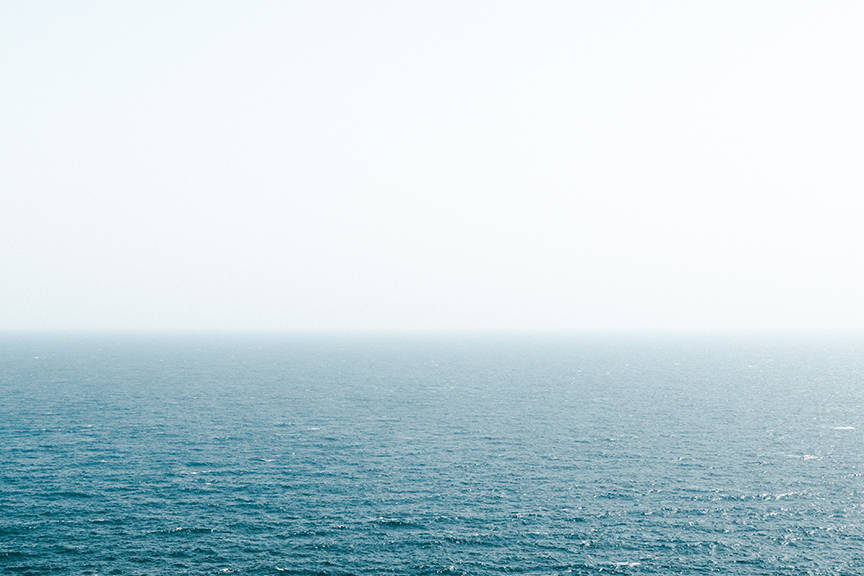This year’s Stand for Salmon initiative, Ballot Measure 1, is a long-overdue measure that will help restore balance between development of Alaska’s natural resources and the preservation and protection of our fish and wildlife populations.
Alaska’s economic health and quality of life depend on the development and use of its natural resources. Competing uses can damage or destroy resources if not properly managed. For decades, Alaska effectively managed its resources. This did not happen by magic. It took planning and hard work by the public, project applicants and government agencies. It took a law that brought disparate interests together to resolve conflicts between competing uses, particularly conflicts between industrial and mineral development and the state’s highly valued fish and wildlife. That law, the Alaska Coastal Management Program, was terminated in 2011. Ballot Measure 1 is a step towards restoring some of what was lost.
For activities occurring within Alaska’s extensive coastal area, the coastal program allowed local governments to plan for and fully participate in state and federal permitting decisions that would impact their communities. The program provided for public participation in a coordinated review of resource development projects. And it established standards that all levels of government — local, state and federal — were required to consider prior to authorizing uses and activities under their authority.
Among the coastal program standards was one that addressed protecting habitat and the fish and wildlife populations dependent on that habitat. The standard allowed the Alaska Department of Fish and Game to mitigate project impacts on a wide range of habitats, including areas outside the banks of rivers, lakes and streams.
With the loss of the state’s coastal program, the remaining laws that specifically address habitat are limited in scope and authority. Two laws enacted in 1959 give the Department of Fish and Game the authority to regulate activities within the banks of rivers, streams and lakes, but not adjacent lands important to maintaining healthy fish populations. Laws that regulate land use are implemented under the authority of other state and federal resource agencies. These laws might include habitat protection as a factor in permitting decisions, but other factors may take precedence; and Department of Fish and Game experts are generally relegated to a consulting position — other state and federal agency personnel have the final say regarding how activities impacting habitat may proceed.
Ballot Measure 1 puts consideration of habitat protection at the same level as other factors and gives the Department of Fish and Game authority to mitigate project impacts that affect salmon habitat both in and outside the banks of rivers, lakes and streams. It does this by establishing an anadromous fish habitat permit that Fish and Game may issue for activities that will alter anadromous fish habitat, including floodplains and adjacent riparian areas and other areas that contribute to fish productivity. To maintain flexibility, the measure provides different permit types that allow for less stringent requirements for minor activities that will not cause significant adverse effects on anadromous fish habitat.
Alaska’s salmon are threatened by many hazards we cannot control, such as ocean warming, pollution and ocean acidification. For the fish that survive and make it back to Alaska’s waterways, we must ensure they return to a healthy habitat. Lawmakers have failed to act. It is now up to us. Please vote Yes on Ballot Measure 1.
• Lisa Weissler is a retired attorney specializing in Alaska natural resource and oil and gas law. My Turns and Letters to the Editor represent the view of the author, not the view of the Juneau Empire.

